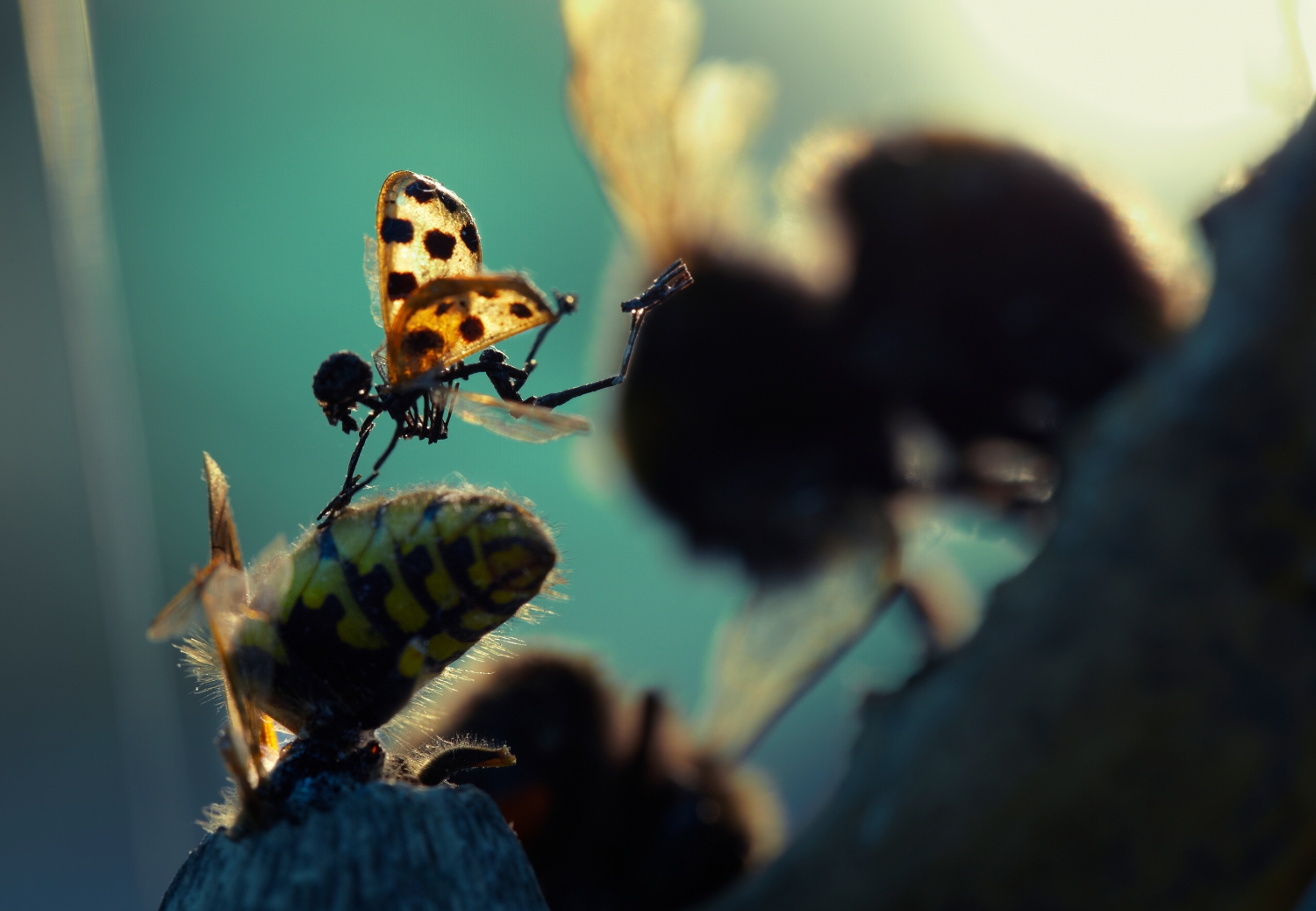Tag: science
-

Ignaz Semmelweis and Anthropogenic Global Warming
Mortality rates in mothers from childbirth in Europe were shockingly high during the mid-19th century. Ignaz Semmelweis, a Hungarian physician working in the General Hospital of Vienna, was curious as to why the medical students’ obstetrician clinic had a mortality rate over five times higher than the trainee midwives’ clinic within the same hospital. His…
-

Forensics: The anatomy of crime
What kinds of death need investigation? A criminal death is one that “didn’t happen naturally”, according to a Baltimore detective in 2012 documentary, Of Dolls and Murder, on show now as part of the Wellcome Collection’s exhibition, Forensics: The anatomy of crime. Once natural causes have been eliminated, the detective continues, that is when “you…
-

Multiverses 263-396: Another Worlds iz Possible
After John Bell, Momus, Heisenberg, Jonathan Swift, I Ching, Calvino, and Shrodinger Multiverse 263 The Multiverse in which multiplication is always exponential across galaxies. For every status update posted on Facebook, another two are posted in alternative Multiverses. Multiverse 264 The Multiverse in which falsifiability has been banished. All knowledge in Multiverse 264…
-

The Waldorf Project, Chapter II: Colour
“Let me, O let me bathe my soul in colours; let me swallow the sunset and drink the rainbow.” Kahlil Gibran Colour perception. First noted by Aristotle, later defined by Newton: the spectrum of visible light interacting with sensors on the human eye. That is all. Yet, in his work on colour theory, Goethe…
-

Chasing Suns
The arc of the sun across the sky is one of the most enduring images: repeated every day for all to see. And yet, each time it’s a little different, varying according to geographical location, visibility, and time of year. Chasing Suns is an ongoing long-term photographic project by artist Pauline Woolley. The images were…
-

Open Call: Clean Unclean
Cleanliness, they say, is close to godliness. And the pig has long resided in the realm of the unclean. Even today: “It’s like a pigsty in here!” – as if the pig has much choice in how he lives… More than ever do we feel the urgency of cleanliness: clean hands, clean homes, clean minds….
-

(Re)Imagining the Insect
54 million years before humans appeared on earth, there was once upon a time an insect that died, its cadaver is still visible and intact, the cadaver of someone who was surprised by death at the instant it was sucking the blood of another! Jacques Derrida, Typewriter Ribbon, 1998 It is all very…
-

Lost in Fathoms
Stumbling dim across the surface of the earth: humanity. Our legacy not culture or religion or science, but ruin. Our lasting traces that of footprints, not brain waves. Is this what makes us unique? A geological force in our own right? Certainly this is the view announced in 2012 at the 34th International Geological Congress…
-

Modern Naturalism
In 1958, the great Austrian artist Friedensreich Hundertwasser published the Mould Manifesto against Rationalism in Architecture. In it he declared, with characteristic chutzpah, that: “Only the engineers and scientists who are capable of living in mould and producing mould creatively will be the masters of tomorrow.” As far as we’re aware, few have taken up…
-

The Sensorial Invisibility of Plants
Laura Cinti’s work stretches the boundaries of our understanding of plant behaviour. Cinti is best known as an artist who works with biology, and, in addition to her own practice, she is also co-founder (with Howard Boland) and co-director of C-LAB, an internationally recognised interdisciplinary art platform that generates and participates in both artistic and…
